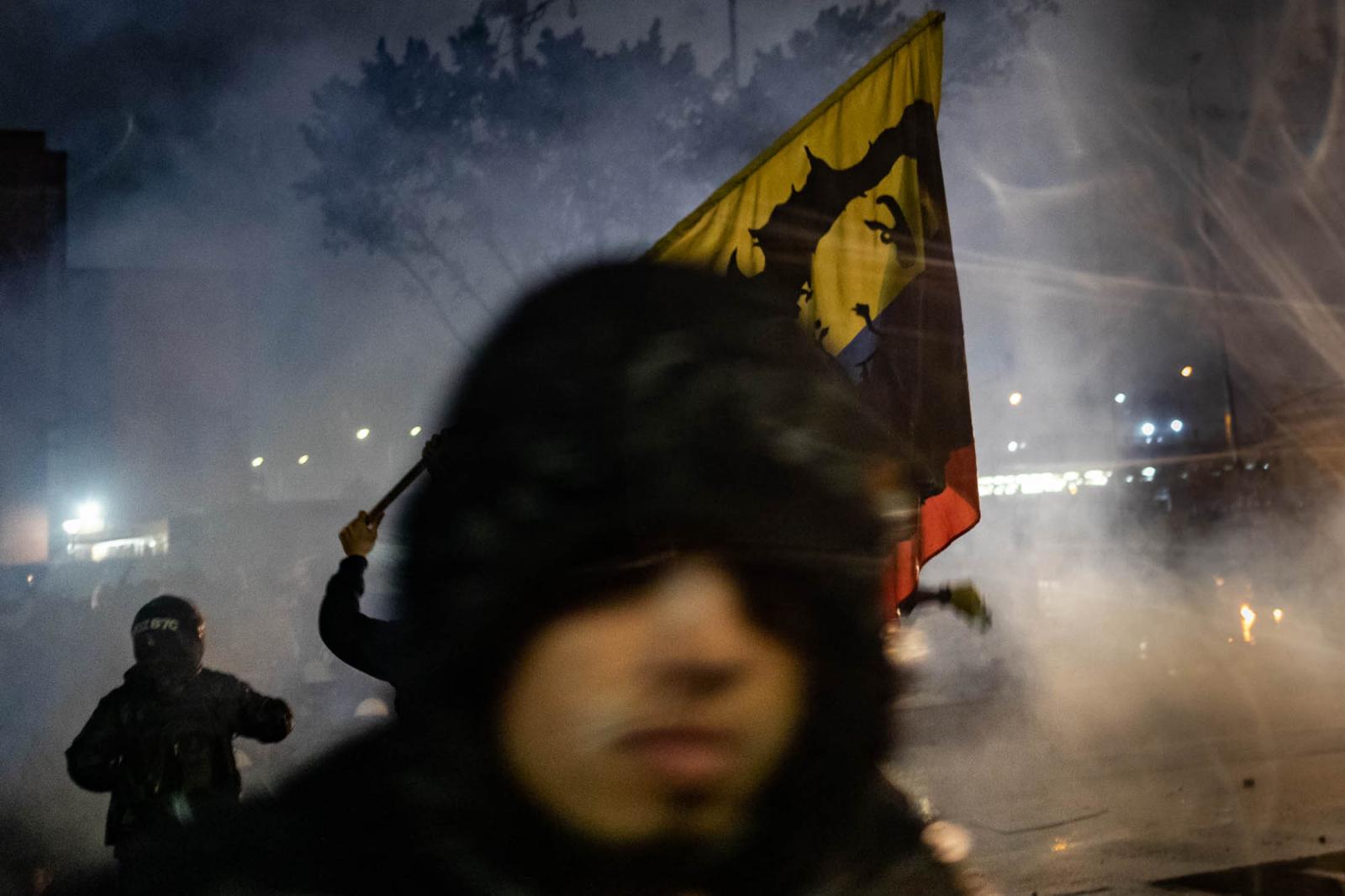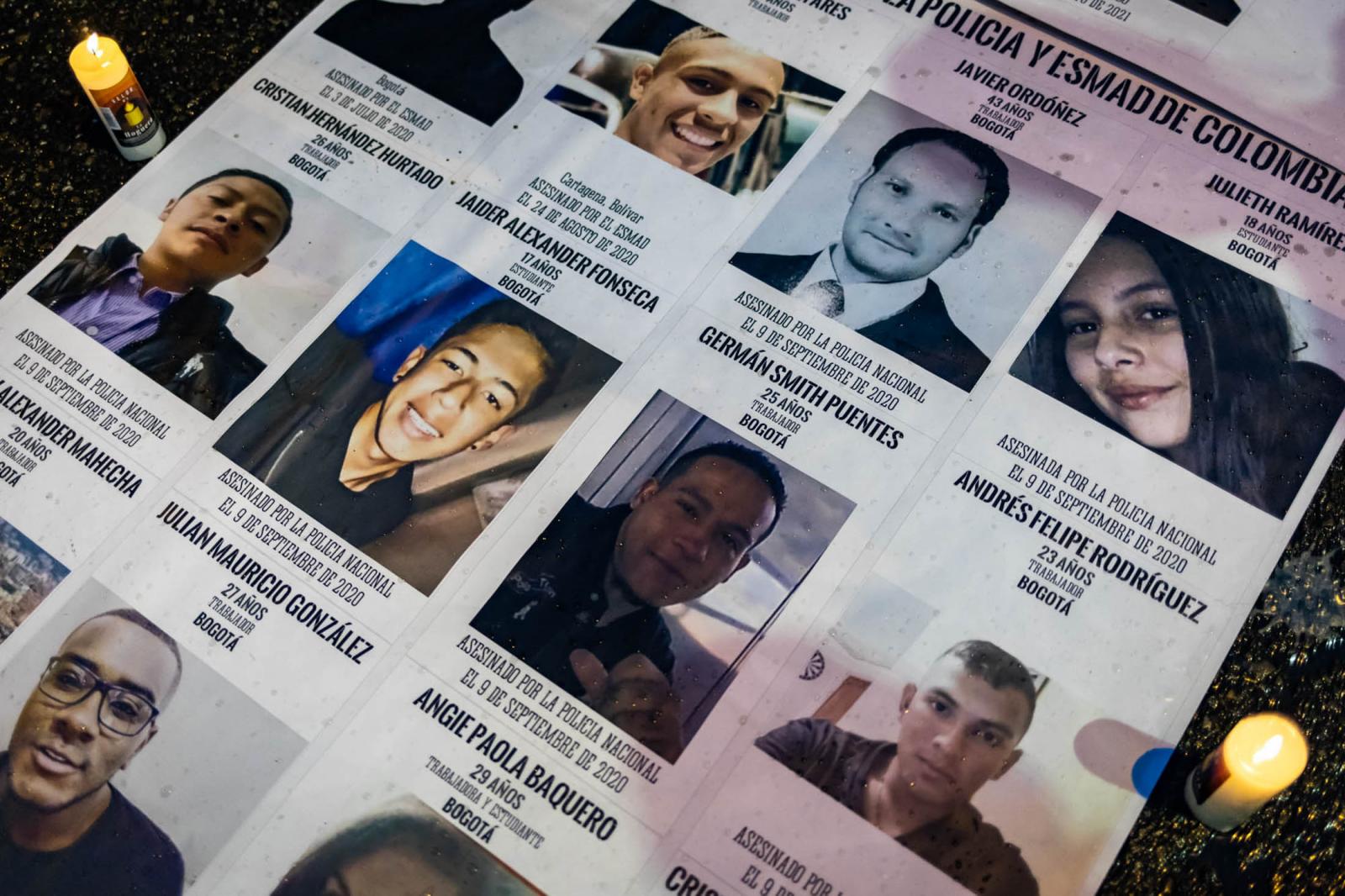Public Story
La Resistenicia
On April 28, 2021 nationwide protests erupted throughout Colombia, a country known as the “gateway” to South America and one of the most ethnically diverse countries in the Western Hemisphere.
Initially triggered by a proposed tax reform the protests continued and escalated after the reform was rescinded.
The “paronacional” [“national strike] demonstrations were a response to deep and festering frustration with a violent police force and a government accused of furthering economic and social inequities.
With no set leaders or hierarchy “the resistance” [“la resistencia”], was described to me as the “heart and soul” of the protest movement in Colombia, and is one primarily composed of young people who have gone to the street for justice but also more opportunities to build a better life.
During the day protesters marched, chanted and gave speeches that outlined demands for change. At night protesters donned hard hats and carried homemade shields as they directly confronted military police, the ESMAD [“mobile anti-disturbance squadron”], a tactic believed necessary to force change and a critical component of “la resistencia.”
Those protesting were regularly met with disproportionate and indiscriminate force. Per Human Rights Watch, “Police officers responded by repeatedly and arbitrarily dispersing peaceful demonstrations and using excessive, often brutal, force, including live ammunition”. Human Rights Watch documented multiple killings by police, as well as beatings, sexual abuse, and arbitrary detention of demonstrators and bystanders.
More than 80 people are reported to have been killed during anti-government protests and hundreds remain missing.
As one protester, Ana, 24, explained, “This is not the typical crisis that the world is accustomed to seeing in Colombia. This time it is the young and urban Colombia rejecting the status quo. We need better work and educational opportunities. We want opportunity, not handouts.”



























